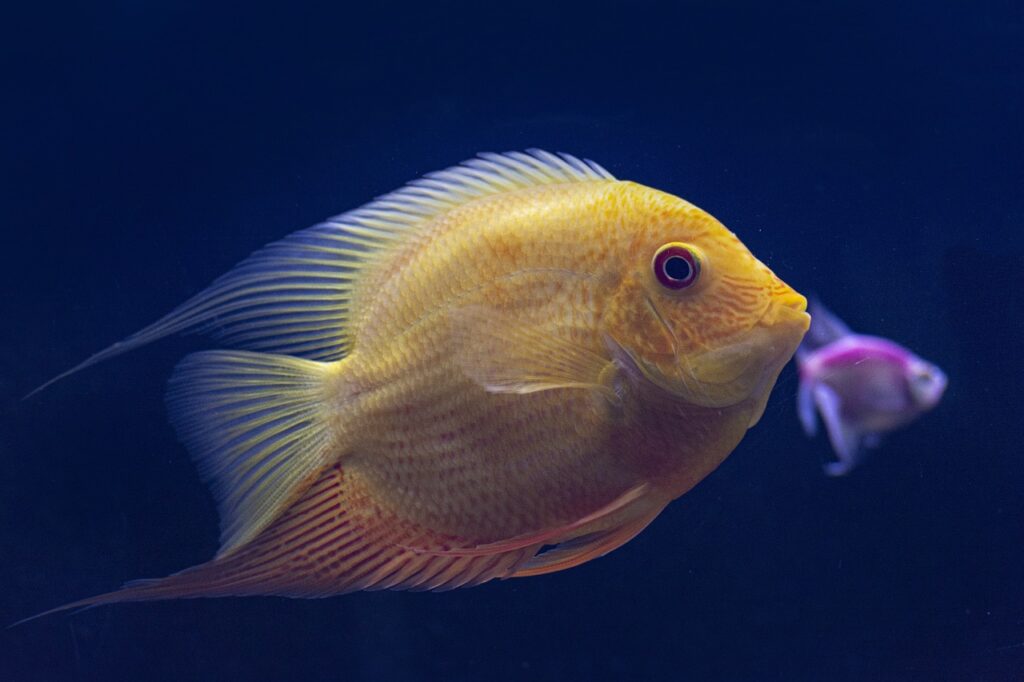What Triggers Yeast Skin Infections?
Yeast—especially Candida—lives on healthy skin. Problems start when moisture, heat, or weakened barriers let yeast grow unchecked. Common triggers include:
Sweaty workouts Tight synthetic clothing Antibiotic or steroid use Diabetes or immune suppression
Signs: redness, itching, burning, soft white patches, or a “pimpled” border, most commonly in folds or places where friction meets sweat.
Why Soap Choice Matters
Standard bar and body soaps can worsen a yeast infection. Many are too alkaline, stripping essential oils and disrupting your skin’s natural defense mechanisms. Some are loaded with fragrance or antibacterial agents that don’t target fungus, instead causing extra irritation.
A true soap for yeast infection on skin should:
Be pHbalanced: Matching your skin’s mildly acidic surface denies yeast ideal growing conditions. Deliver antifungal or soothing ingredients that target yeast gently. Avoid fragrance, dyes, and harsh surfactants that inflame broken or weeping skin.
Ingredients to Look For
Tea tree oil: Natural antifungal, but should be gentle and not overly concentrated. Zinc pyrithione or selenium sulfide: Found in some clinicalgrade soaps; draws on evidence from dandruff treatments (which are often yeastrelated). Ketoconazole: Powerful, prescriptionlevel when needed for stubborn or recurrent infections. Aloe, colloidal oatmeal: Provide antiinflammatory and barrierrepair support.
Look for liquid or “syndet” bars instead of oldschool soap blocks. These cleanse without leaving residue that feeds yeast.
How to Use Soap for Yeast Infection on Skin
- Wash gently: Use lukewarm water and gently lather all affected/foldprone areas.
- Contact time counts: Let the lather sit for 30–60 seconds before rinsing.
- Rinse thoroughly: Any residue can worsen the problem.
- Dry with care: Pat, don’t rub. Air dry or use a cool hairdryer for deep folds or toes.
- Apply topical antifungal cream only once skin is totally dry.
Repeat morning and night during an outbreak, then once daily for prevention.
Frequently Recommended Soaps for Yeast Infection Relief
DermaHarmony Zinc Soap: Pyrithione zincbased, gentle, suitable for longterm maintenance. Defense Soap: Tea tree and eucalyptus oils, used by athletes and for jock itch on active bodies. Vanicream Cleansing Bar: Fragrancefree, pHbalanced, ultragentle—ideal for sensitive skin or while awaiting prescription therapy. Nizoral Antifungal Body Wash: Strong, best for flares, but don’t overuse—preserve skin balance.
Patchtest any new soap for two days before using widely, especially with sensitive or broken skin.
Prevention: Beyond Treatment
Yeast infectionprone skin needs regular discipline. Soap for yeast infection on skin plays a big part, but prevention must be holistic:
Keep skin dry: Change damp clothes quickly, especially postworkout. Choose loose cotton or sweatwicking fabrics. Wash towels, sheets, and underwear in hot water. Rotate shoes to allow them to dry completely between wears.
Stick with your antifungal soap even after the rash subsides—yeast is opportunistic and prone to reforming colonies.
Mistakes to Avoid
Overwashing: Harsh scrubbing or twicedaily showers with strong antibacterial soaps damage the barrier and inflame infection. Perfumed soaps or bath bombs: These irritate fragile skin and may worsen itching or rash. Skipping doctor care: Recurrent or severe infections need medical evaluation. Soap relieves but rarely cures deepseated infections alone.
Special Advice for Sensitive Groups
For children, the elderly, or immunocompromised individuals, pick the mildest liquid cleansers—not bars—with minimal medicated actives. Prescription support may be needed, but daily gentle cleansing can shorten recovery.
When to See a Doctor
The rash spreads, turns raw, or resists improvement after a week of disciplined soap and cream use. Fever, pus, or severe pain develops. You have known immune challenges, diabetes, or another chronic health concern.
Your doctor may prescribe oral antifungals or investigate underlying triggers.
LongTerm Outlook
Consistent use of a designated soap for yeast infection on skin transforms management: Reduces daytoday discomfort Limits recurrence with less effort Keeps you confident and in control
It won’t cure on its own, but it boosts all other steps—making lasting clear skin possible.
Final Thoughts
Yeast infections on the skin require discipline—quick fixes lead to recurrence. The right soap for yeast infection on skin is more than hygiene; it’s prevention, comfort, and an aid to real healing. Pair smart cleansing with lifestyle tweaks and medication as needed. Choose wisely, stay regular, and build a routine that protects and restores your skin, long after the rash is gone.
